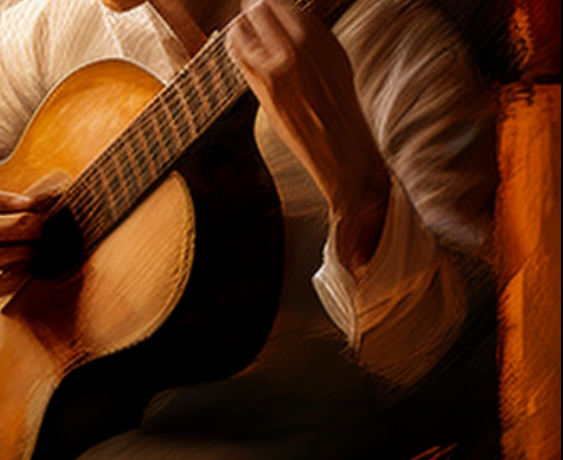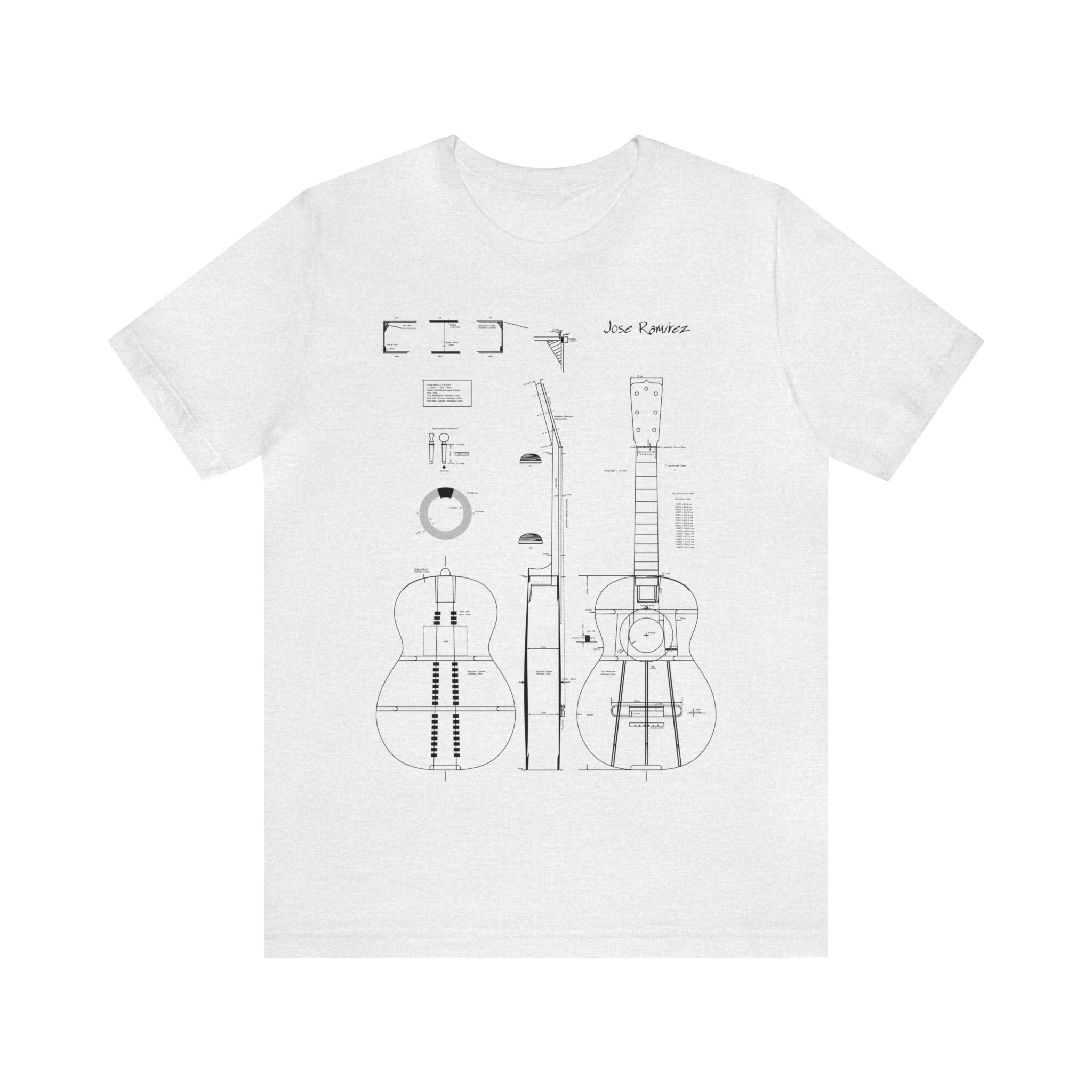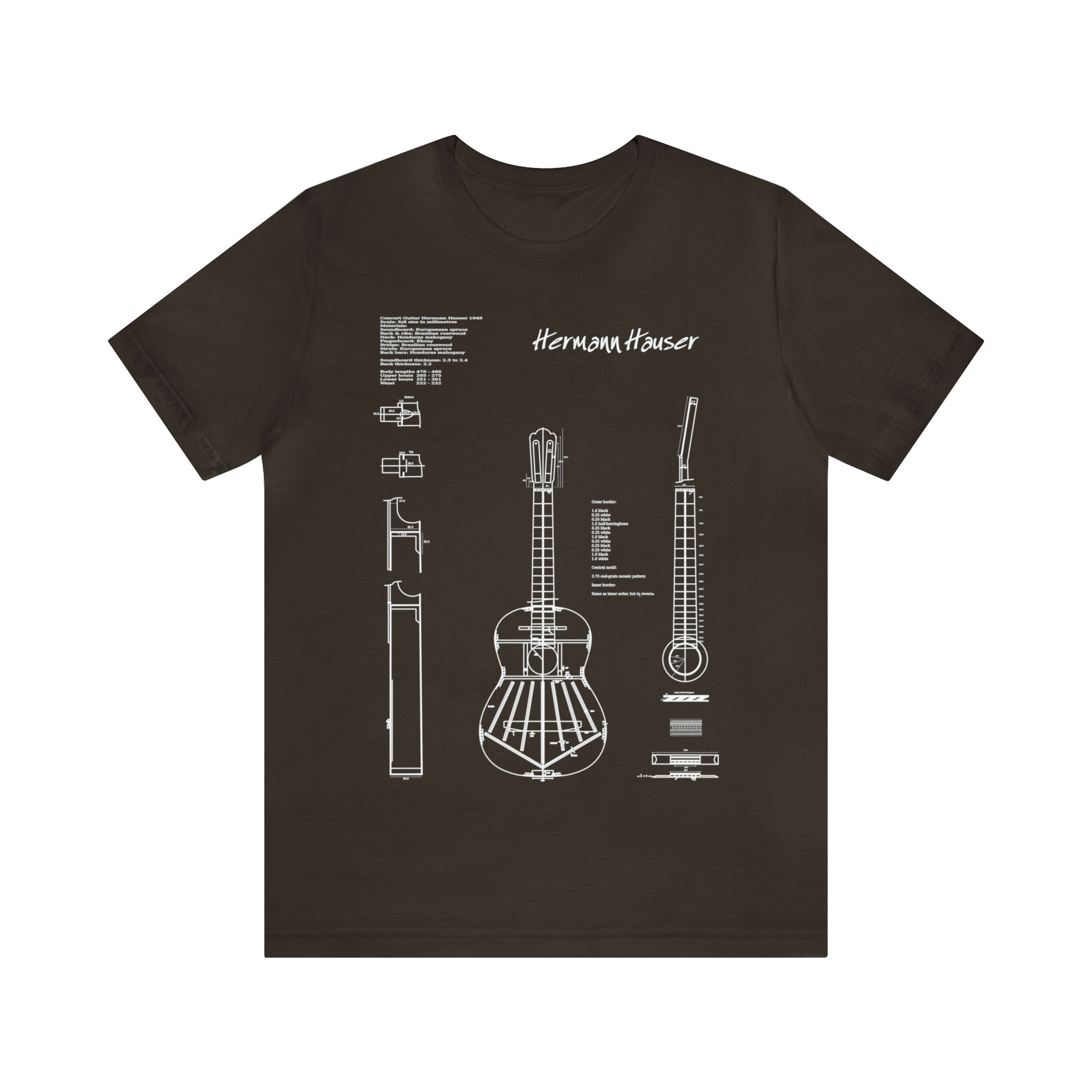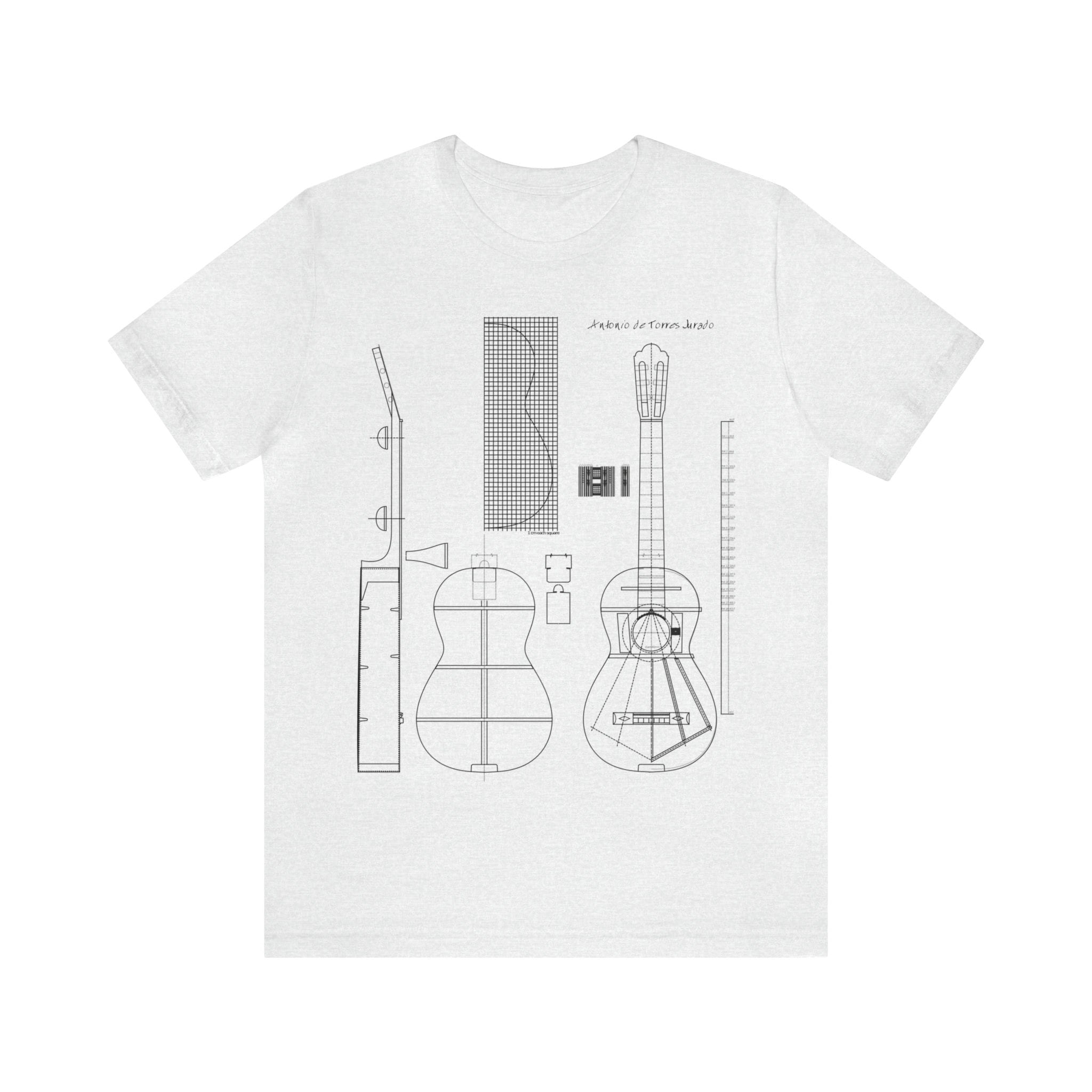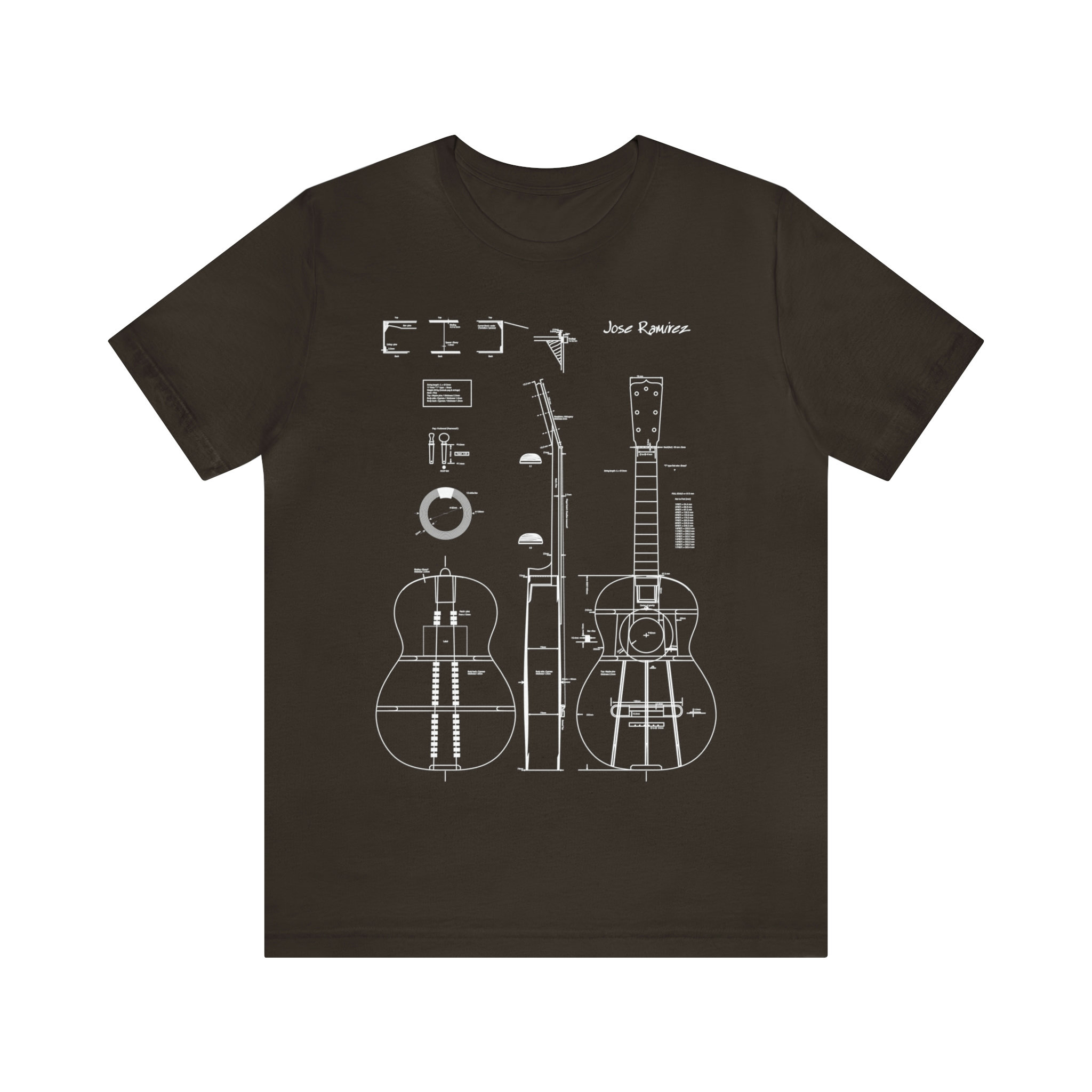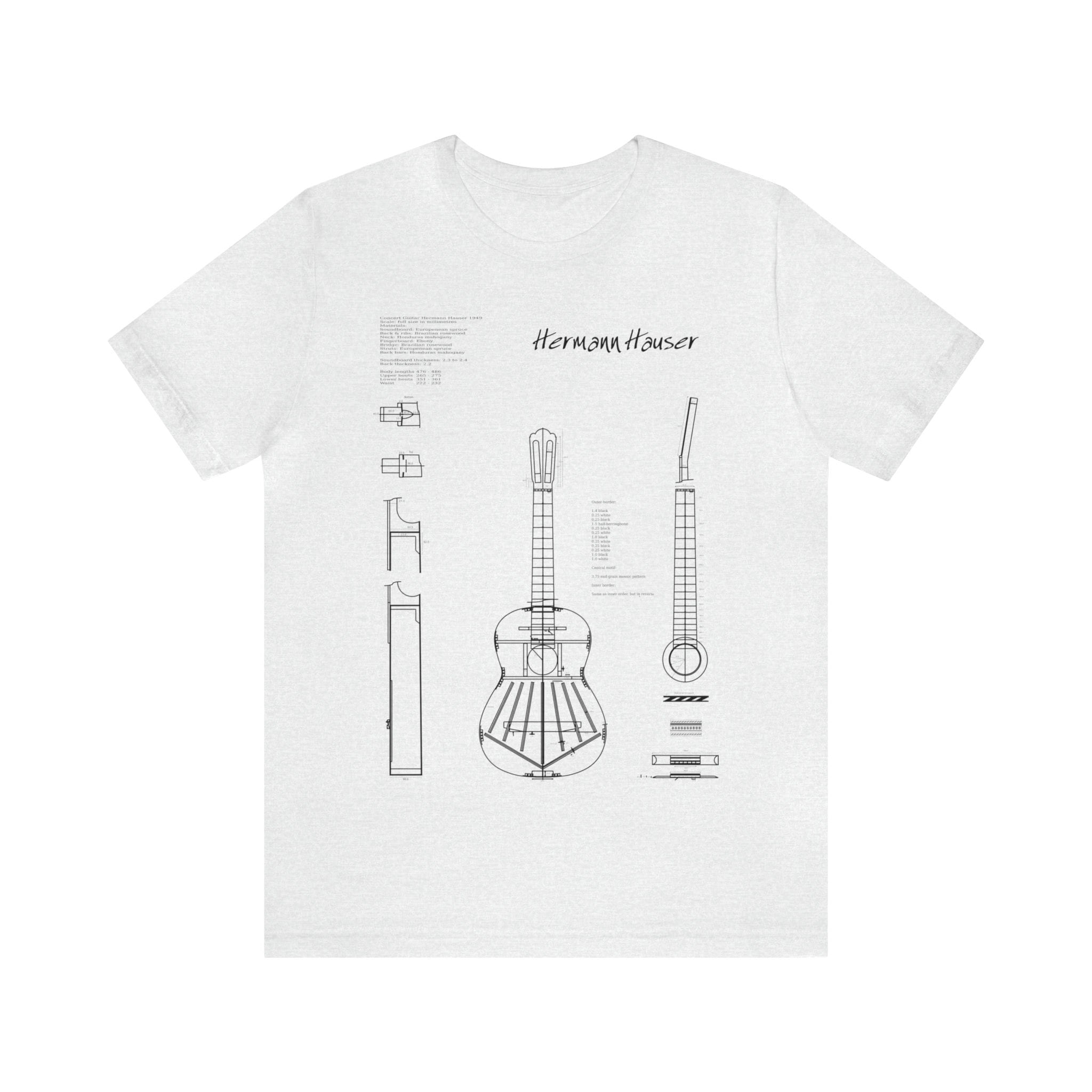As guitarists, we are often required to move our hands up and down the neck of the guitar to play different notes and chords. This movement, known as position shifting, is essential to playing classical guitar. However, it can be challenging to shift positions accurately and quickly, especially when the distance to be covered is significant. In this article, we will explore the role of the elbow in position shifting and how to prepare for position shifts to play with more precision and confidence.
When it comes to shifting positions on a guitar, many people tend to focus solely on moving their hand. However, the elbow plays a crucial role in this process. In fact, it is the movement of the elbow that provides the necessary force to bring the hand to the correct position. If you try to shift positions by moving only your hand, it can be imprecise and ineffective.
The elbow is often overlooked when it comes to position shifting. While the hand can move by itself, it is the elbow that provides the impulse needed to bring the hand to the right position. Without the elbow’s movement, the hand’s movement alone can be imprecise and ineffective. When performing a position shift, the elbow should bring the entire forearm, wrist, and hand with it, allowing gravity to assist in the movement.
To execute a position shift successfully, it is important to involve the entire forearm, wrist, and hand in the movement. This involves moving the elbow in the direction of the shift before the actual shift takes place. By doing this, it’s almost like the elbow is “PULLING” the hand to the desired position.
To prepare for a position shift, you should memorize the position of the elbow at the destination. Then, go back to the starting position and move the elbow as close as possible to the destination position. This will help you execute the shift accurately with less chance of error.
It is essential to move the forearm, wrist, and hand as a single unit when performing a position shift. Any twisting of the wrist or movement of the hand independently of the forearm can reduce the precision of the shift. By moving the entire unit together, we can make the shift more accurately and efficiently.
In addition to the elbow’s movement, it is crucial to pay attention to the position of the fingers and the fretboard. Looking at the destination position before leaving the starting position can help us avoid positioning errors and make the shift more accurately. It is also important to avoid closing our eyes when playing, as this can lead to missed position changes.
By practicing these exercises, we can train our hands to move more effectively and efficiently between positions, making it easier to play more complex pieces.
ABEL CARLEVARO – CUADERNO 3 – TÉCNICA DE LA MANO IZQUIERDA
EMILIO PUJOL – ESCUELA RAZONADA DE LA GUITARRA BOOK 3 – LECON 62 – LECON 69
In conclusion, position shifting is an essential technique for classical guitarists. By considering the role of the elbow in the movement and preparing for shifts by memorizing the position of the elbow at the destination, we can make position shifts more accurately and with less margin for error. Paying attention to the position of the forearm, wrist, and hand and looking at the fret-board before making the shift can also help us avoid positioning errors. With practice and attention to these techniques, we can improve our position shifting and play with more precision and confidence.
Classical Guitar
